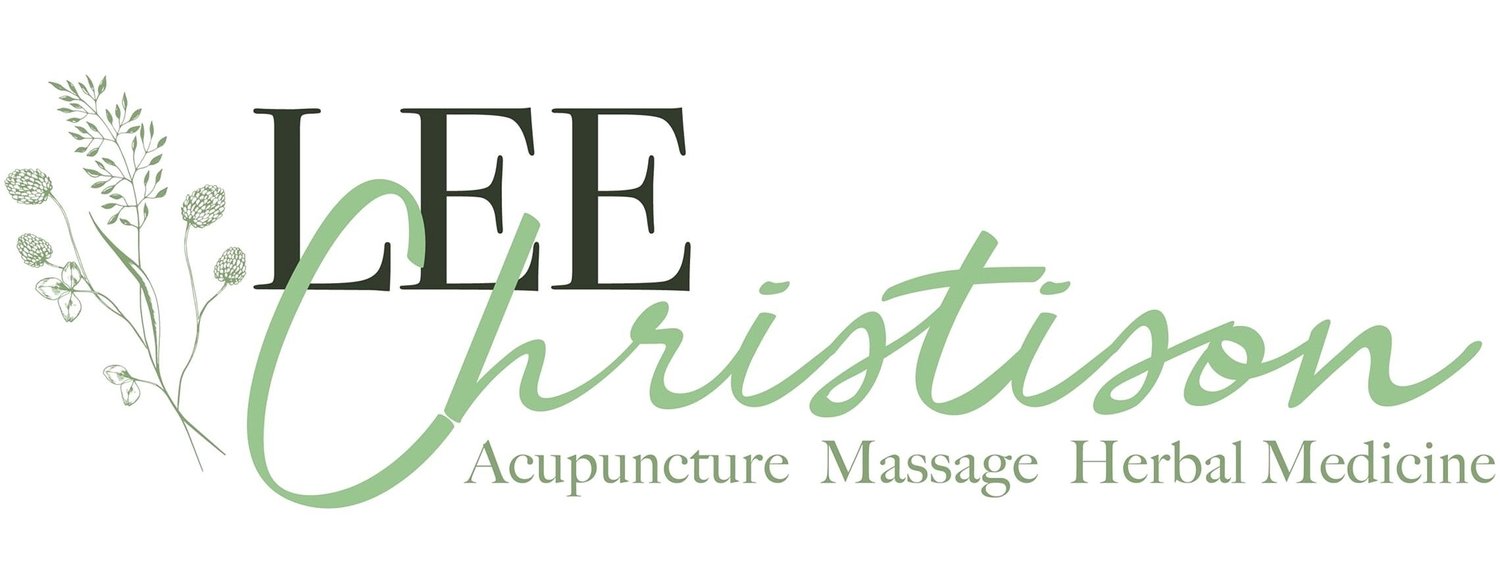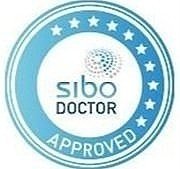The DUTCH (Dried Urine Test for Comprehensive Hormones) test is a unique and comprehensive hormone assessment tool that measures hormone levels in urine. It provides a detailed analysis of hormone metabolites, including cortisol, oestrogen, progesterone, testosterone, and melatonin, among others. The test is commonly used by functional and natural medicine practitioners to diagnose hormonal imbalances and develop personalised treatment plans for patients.
The DUTCH test is a non-invasive and easy-to-use tool that requires a single urine sample collected over a 24-hour period. The sample is dried and sent to a laboratory for analysis, where it undergoes a series of tests to measure hormone metabolites. The results are then compiled into a detailed report that shows hormone levels over time, enabling practitioners to identify patterns and diagnose imbalances.
One of the benefits of the DUTCH test is that it provides a more complete picture of hormone levels than traditional blood tests. Blood tests only measure hormone levels at a single point in time, while the DUTCH test measures hormone metabolites over a 24-hour period, providing a more accurate and comprehensive assessment of hormone levels and their metabolic pathways.
The DUTCH test is commonly used to diagnose hormonal imbalances that can cause a wide range of symptoms, including fatigue, weight gain, mood swings, insomnia, low libido, acne, irregular periods, endometriosis, hot flushes and the list goes on... Once a diagnosis is made, practitioners can develop personalised treatment plans that may include lifestyle changes, supplements and or botanical medicine and nutrition advice.
Overall, the DUTCH test is an innovative and effective tool that provides valuable insights into hormone levels and helps practitioners diagnose and treat hormonal imbalances.
If you are experiencing hormone related issues and would like to know more about the DUTCH and your treatment options, contact Lee to make a booking. Lee is registered Chinese medicine practitioner and remedial massage therapist practicing in Castlemaine, Victoria.


















